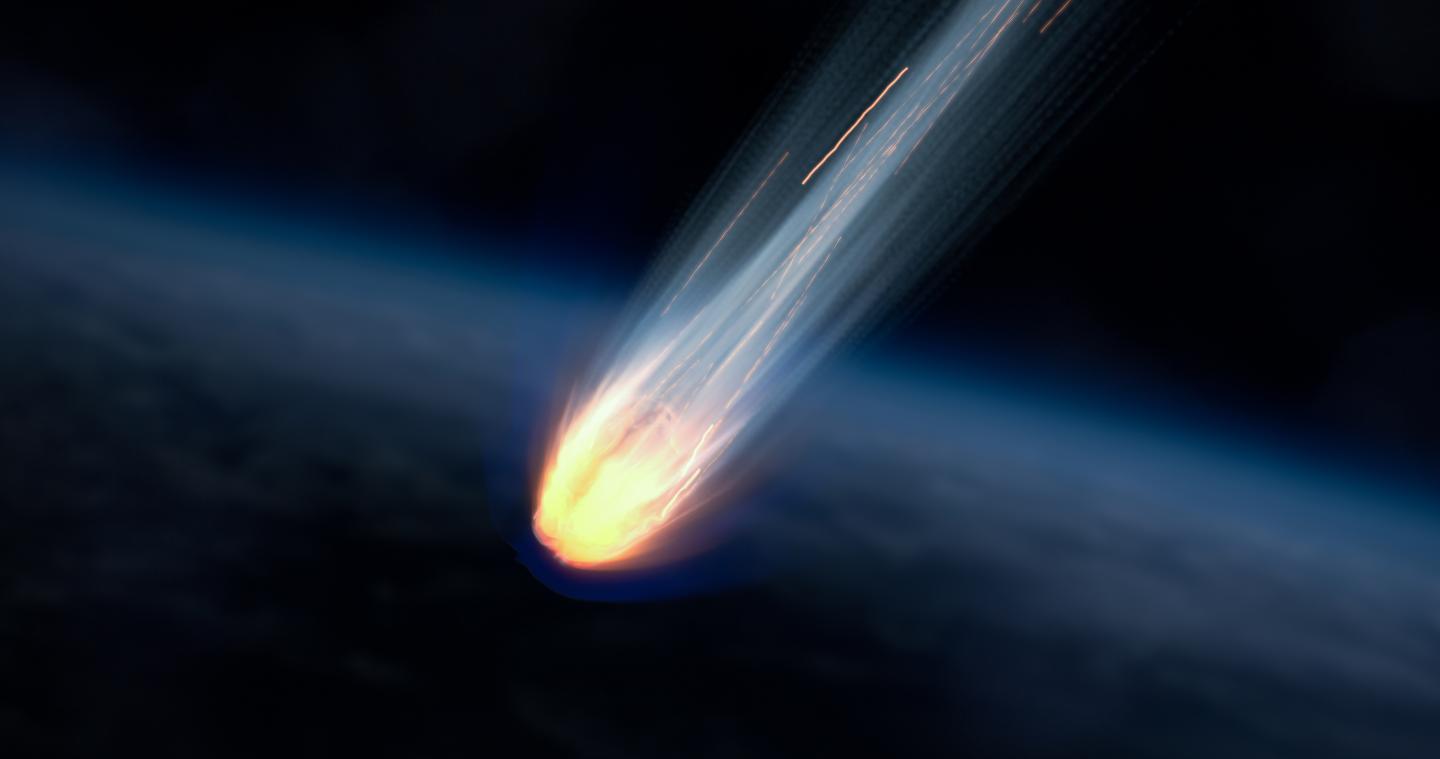General Discussion
Related: Editorials & Other Articles, Issue Forums, Alliance Forums, Region ForumsFireball
Wow, I just saw a fireball falling down. You can't judge the distance on those things. No sound or vibration. This is the second one I've seen in my life, but times being what they are, I waited for a follow up. I hope it wasn't a plane. It was falling toward the ocean. Sigh. I guess my nerves are shot.
usonian
(13,941 posts)Polybius
(17,897 posts)Grumpy Old Guy
(3,563 posts)I think the Gemenid shower is going on now.
LastLiberal in PalmSprings
(12,911 posts)A bolide is normally taken to mean an exceptionally bright meteor, but the term is subject to more than one definition, according to context. It may refer to any large crater-forming body, or to one that explodes in the atmosphere. Wikipedia
I saw one when I was in elementary school. It soared silently across the night sky, getting brighter and brighter until it exploded -- also without a sound.
After nearly 70 years that experience is still real to me.
BoRaGard
(2,865 posts)A bolide (from the net, not last night)

Celerity
(46,262 posts)https://www.space.com/stargazing/meteors-showers/geminid-meteor-shower-begins-tonight-heres-what-to-expect-from-one-of-the-best-meteor-showers-of-the-year

A composite of the 2017 Geminid meteor shower, from the peak night of Dec. 13, 2017, with the Gemini constellation at top. This is a stack of 24 images, some with 2 or 3 meteors per frame, each a 30-second exposure. (Image credit: Alan Dyer/VW Pics/UIG via Getty Images)
One of the most reliable meteor showers to light up our night sky each year has begun! The annual Geminid meteor shower runs from Nov. 19 through Dec. 24, with the peak coming overnight on Dec. 13-14, according to the American Meteor Society. During the peak, over 100 Geminid meteors can be seen per hour under the right conditions. The Geminids are somewhat rare in that they are produced by debris from an asteroid, known as 3200 Phaeton. Most other meteor showers, on the other hand, are produced by the leftover bits of comets.
The Geminids are one of the best and most reliable annual meteor showers, according to NASA, making the next month one of the best times to get out at night and catch a glimpse of one of these "shooting stars." Want to see the Geminids for yourself? Here's what you need to know.
Bill Cooke is a NASA astronomer who leads the agency's Meteoroid Environment Office at the Marshall Space Flight Center in Huntsville, Alabama. Cooke previously told Space.com that the Geminids are one of the top three meteor showers to look out for in 2024. However, a bright waxing gibbous moon will be just above the twins of Gemini on Dec. 13, which will interfere with the peak of this shower. Still, even while the moon lights the night sky, a large number of bright meteors should be visible during the peak.
As their name implies, the Geminid meteor shower originates from the Gemini constellation. Gemini remains visible throughout the night for the northern hemisphere over the next month, just above the raised arm of the Orion constellation. If you aren't familiar with the Gemini constellation, now is the perfect time to look for its two most distinctive stars: Castor and Pollux, known as the "twins" of Gemini. If you need help locating it, you could always use a stargazing app.
snip
William Seger
(11,050 posts)Back in the 70s, I saw a fireball and at the same time I heard a sound like someone slowly opening a soda bottle. I thought that was pretty cool, but then I thought, wait, I shouldn't have heard anything that far away at the same time it was falling. Meteors typically burn up many miles up, so it should have taken several minutes for the sound to reach me. So, I decided it was just a random sound that my brain connected to the meteor.
But then in the early 2000s, I read about a scientist who was studying reports of "noisy meteors," and I found that hissing and sizzling sounds have been reported many times. His theory was that they are caused by meteors creating low frequency radio waves, and sometimes they can make things like dry leaves and tin foil vibrate, effectively what is called a transducer. Other possible transducers include dry hair and wire frame glasses, which I believe is why I heard that one. There was a lot of skepticism from other scientists at the time, but his persistence in studying them paid off, and now the phenomenon is generally accepted:
https://earthsky.org/space/whoosh-can-you-hear-meteors-streak-past/
Response to William Seger (Reply #6)
BoRaGard This message was self-deleted by its author.
EndlessWire
(7,254 posts)It was quite a scene. I just happened to look out my window at the right second. You could clearly see the flames. Spooky.